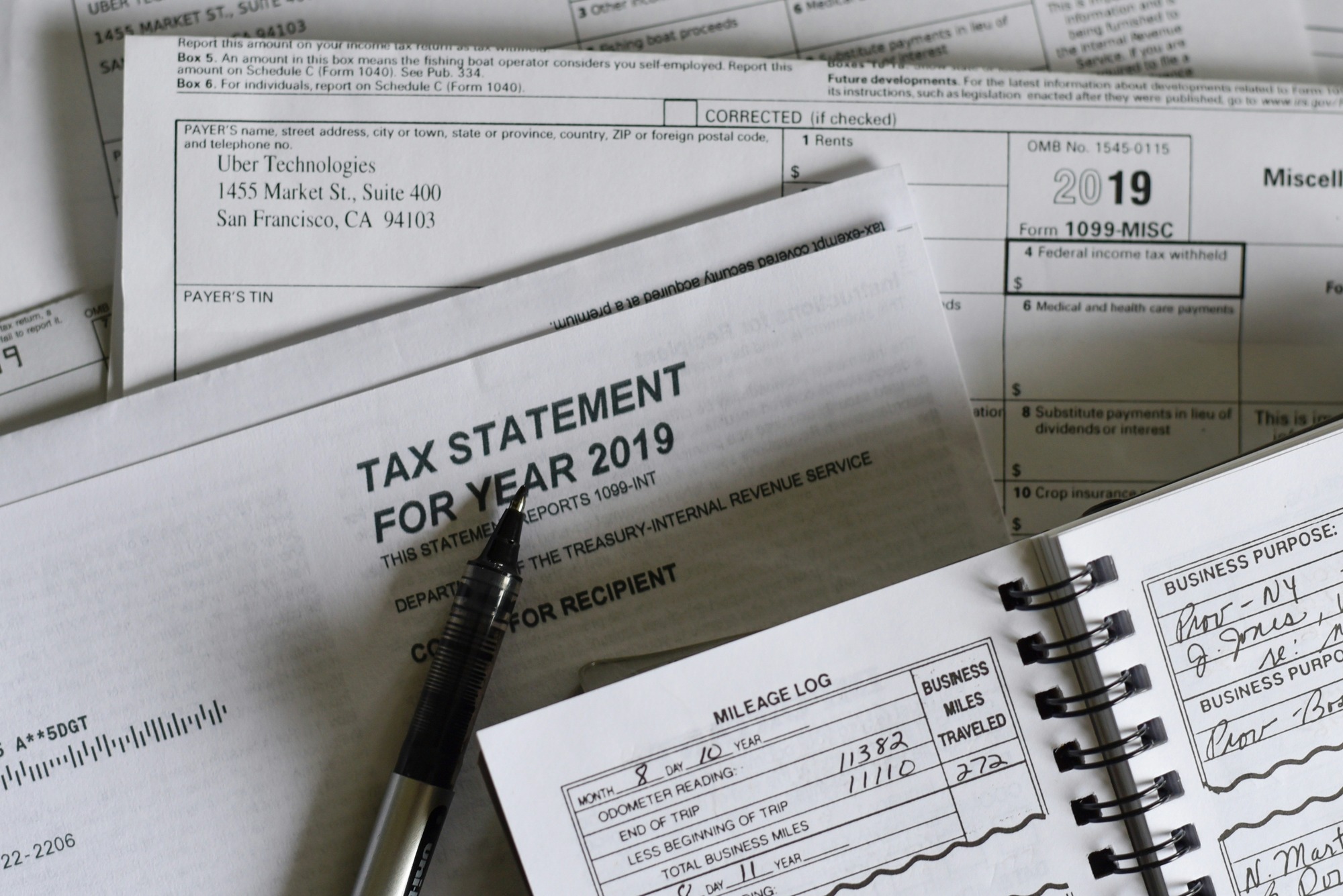
For self-employed workers and small business owners, the SEP IRA offers a flexible and tax-deferred way to save for retirement. But when it’s time to move those funds, whether to consolidate accounts, retire, or change custodians, the process can be surprisingly fragile. One small misstep can unravel years of careful planning and hand the IRS an unexpected payday.
A SEP IRA rollover is not just a financial transaction. It’s legal and governed by a strict set of IRS rules. Failing to understand or follow them can trigger penalties, taxes, and even disqualification of your account’s tax-advantaged status. To help you avoid costly surprises, here are five common rollover mistakes that have turned many SEP IRAs into a financial nightmare.
Missing the 60-Day Rollover Window
Timing is everything when it comes to rolling over your SEP IRA. If you receive a distribution and don’t deposit it into another qualified retirement account within 60 days, the IRS considers it income. That means the entire balance you intended to roll over could be taxed as ordinary income, and if you’re under age 59½, you could be hit with a 10% early withdrawal penalty as well.
Many investors make this mistake when they’re between custodians or waiting on paperwork. But the IRS doesn’t care about delays, even if they’re not your fault. Unless you qualify for a rare hardship waiver, missing the 60-day mark is a surefire way to lose your tax deferral and owe a hefty bill.
Confusing a Rollover With a Transfer
A rollover involves you taking possession of the money, if only temporarily, while a direct transfer sends the funds from one account to another without you touching them. The distinction matters. Rollovers come with a 60-day deadline and IRS reporting requirements. Transfers don’t.
When you request a rollover but don’t realize the custodian has issued the check in your name instead of doing a trustee-to-trustee transfer, you’re suddenly on a very tight timeline. Worse, if you’ve already done one rollover in the past 12 months, you could be violating the IRS’s one-rollover-per-year rule, triggering even more tax consequences.
Always request a direct transfer if you’re not absolutely sure what the process entails. It’s the safer, cleaner route that avoids unnecessary risk.
Failing to Withhold Taxes Or Withholding Too Much
If your SEP IRA custodian sends the funds directly to you in a rollover, they may automatically withhold 20% for taxes. Here’s the kicker: even though the IRS got its cut, you’re still responsible for rolling over the full amount of your original distribution, not just what you received.
Say you were rolling over $20,000 and only got $16,000 after withholding. If you don’t come up with the missing $4,000 out of your own pocket and deposit the full $20,000 into the new account, the IRS will treat that $4,000 as a taxable distribution. It sounds absurd, but it’s a mistake that catches people off guard all the time.
And if you withhold too much because you’re unsure of the rules? You may be waiting until tax season for a refund on money that was never supposed to be taxed in the first place.

Violating the One-Rollover-Per-Year Rule
This little-known IRS rule trips up even savvy investors. You can only complete one rollover between IRAs of the same type within a 12-month period. That rule applies to SEP IRAs, too, since they’re considered traditional IRAs for rollover purposes.
If you try to do multiple rollovers in a year—say, moving funds between multiple custodians—you could unknowingly invalidate the transaction. The result: your rollover is treated as a taxable withdrawal, and any additional rollovers are disallowed.
To get around this, use direct trustee-to-trustee transfers when moving funds between custodians. These don’t count toward the one-rollover rule and won’t trigger the same restrictions or penalties.
Not Reporting the Rollover Properly on Your Taxes
Even if everything goes smoothly, you still have to report your rollover correctly on your tax return. The IRS receives a 1099-R for every distribution, even if you immediately roll over the money into another retirement account. If you don’t properly report the rollover using Form 1040 and possibly Form 5498, the IRS may think you simply took a taxable distribution.
This leads to frustrating notices, delayed refunds, and time-consuming explanations. Worse, if you ignore or mishandle those notices, the IRS could assume the distribution was taxable and demand payment, plus interest and penalties.
Working with a tax advisor can help ensure the rollover is recorded properly and that you’re not overreporting or underreporting your income.
These Mistakes Are Avoidable
Rolling over your SEP IRA should be a strategic move, not a financial trap. But the process is far from foolproof, especially with vague paperwork, inconsistent custodian policies, and complicated IRS rules. One wrong assumption can trigger thousands in taxes and penalties that you never saw coming.
If you’re planning to roll over your SEP IRA or already have, take a second look at the steps you took and the paperwork you submitted. The time to fix a mistake is before the IRS comes calling.
Have you ever attempted a rollover and run into confusing rules or unexpected consequences?
Read More:
IRS Raises 401(k) Limits, IRA Contribution Rules Remain Unchanged
8 Financial Hacks That Could Make You a Retirement Millionaire (Without Working More)
Riley is an Arizona native with over nine years of writing experience. From personal finance to travel to digital marketing to pop culture, she’s written about everything under the sun. When she’s not writing, she’s spending her time outside, reading, or cuddling with her two corgis.
